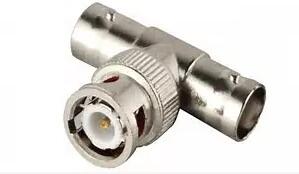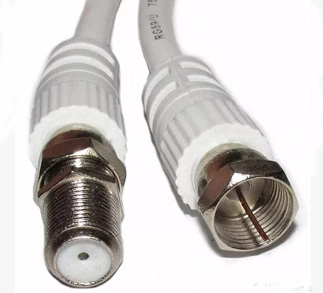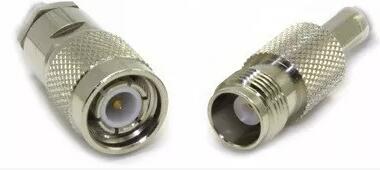- Home
- ABOUT US
-
PRODUCTS
RF Bulk Cable
LA series 18-110G Ultra-low Loss Amplitude Stable and Phase Stable Coaxial Cable LB series 8-18G Low Loss Flexible Coaxial Cable LC series 27-40G High Precision Testing Coaxial Cable LT series 18-67G Low-loss Amplitude Stable and Phase Stable Testing Cable LF series 18-40G Low Loss Semi-rigid Cable LK series 27-40G Low-loss Phase Stable Semi-rigid Cable LE series 18-27G Economical Internal Interconnection Cable LG series 18G Economical Low Loss Coaxial Cable LU series 18-40G Low Loss Ultra Flexible Cable PLA series 27-67G High Precision Amplitude Stable and Phase Stable Testing Cable RG Series 6-20G High Precision RF Cable LMR Series 3-6G RF CableRF Cable Assembly
F series 6G Flexible Cable Assembly L series 6G Low Loss Flexible Cable Assembly S series 27-50G Semi Flexible Cable Assembly R series 27-50G Semi-Rigid Cable Assembly E series 18-27G Economical Flexible Cable Assembly T series 18-40G Low Loss Phase Stable Cable Assembly D series 18-50G Ultra Low Loss Phase Stable Cable Assembly G series 18-50G Ultra Low Loss Phase Stable Cable Assembly PL series 18-67G High Precision Testing Cable Assembly M series 110G High Precision Testing Cable Assembly UF series 18-40G Ultra Flexible Testing Cable Assembly LV series High Performance VNA Testing Cable Assembly-
RF Bulk Cable
- LA series 18-110G Ultra-low Loss Amplitude Stable and Phase Stable Coaxial Cable
- LB series 8-18G Low Loss Flexible Coaxial Cable
- LC series 27-40G High Precision Testing Coaxial Cable
- LT series 18-67G Low-loss Amplitude Stable and Phase Stable Testing Cable
- LF series 18-40G Low Loss Semi-rigid Cable
- LK series 27-40G Low-loss Phase Stable Semi-rigid Cable
- LE series 18-27G Economical Internal Interconnection Cable
- LG series 18G Economical Low Loss Coaxial Cable
- LU series 18-40G Low Loss Ultra Flexible Cable
- PLA series 27-67G High Precision Amplitude Stable and Phase Stable Testing Cable
- RG Series 6-20G High Precision RF Cable
- LMR Series 3-6G RF Cable
-
RF Cable Assembly
- F series 6G Flexible Cable Assembly
- L series 6G Low Loss Flexible Cable Assembly
- S series 27-50G Semi Flexible Cable Assembly
- R series 27-50G Semi-Rigid Cable Assembly
- E series 18-27G Economical Flexible Cable Assembly
- T series 18-40G Low Loss Phase Stable Cable Assembly
- D series 18-50G Ultra Low Loss Phase Stable Cable Assembly
- G series 18-50G Ultra Low Loss Phase Stable Cable Assembly
- PL series 18-67G High Precision Testing Cable Assembly
- M series 110G High Precision Testing Cable Assembly
- UF series 18-40G Ultra Flexible Testing Cable Assembly
- LV series High Performance VNA Testing Cable Assembly
- RF Adapter | Connector
- Microwave Devices
- Cryogenic Devices
- Terahertz Waveguide Device
- RF Power Divider
- RF Attenuator
- RF Rotary Joint
- RF Switch
- RF Loads
- RF Glass Insulator
- End Launch Conn
-
RF Bulk Cable
- SUPPORT
- NEWS
- CONTACT US













